Latin America. Internet of Things (IoT) technologies have anticipated the profound changes that are to come in the control and management of infrastructures and buildings, anticipating the enormous impact that smart buildings will have on cities. We will see significant operational improvements related to energy efficiency and safety, and new value-added services will be created.
The entry of sensor technology and connectivity in building management is not a novelty, since for some years now BMS (Building Management Systems) systems equipped with software and hardware carry out the supervision and control of certain emblematic buildings, defining what to date has been considered as the integral automation system of real estate through IT. However, the high cost of BMS had slowed their entry into small or medium-sized buildings.
The construction industry is transformed with the arrival of IoT to the current BMS
A report prepared by the consultancy ABI Research predicts that by 2020 more than 8 million BMS building management systems will have been integrated worldwide that will have some IoT element housed in the form of technology, application or service. "The new BMS will employ sensors and activators spread throughout the building allowing the technologies to perform optimization tasks based on changing factors such as infrastructure occupancy," says ABI Research.
This consultancy notes that the landscape of technological management of infrastructures and buildings is changing with the arrival of sensor, analytics and cloud technology, contributing to a reduction in the costs of BMS, while transforming the market dynamics of application manufacturers, system integrators and solution providers.
From the point of view of another major consultancy such as Gartner, 2020 will mark a period in which component costs will have fallen to such an extent that connectivity will be a standard feature. "The cost of the processors built into the sensors will be less than a dollar. This price drop will open up the possibility of connecting practically everything from the simplest to the most complex, offering remote control, monitoring and perception," says Peter Middleton, research director at Gartner.
Year 2020: 8 million BMS-IoT
A deloitte Center study on the potential that IoT poses to real estate companies indicates that the sensor integration ratio will grow at year-on-year rates close to 80% until 2020 to reach 1.3 billion sensors. While a Gartner prediction highlights the good prospects of the IoT in the real estate sector, stating that from 2017 the "smart home" will take over from smart buildings for commercial uses, which are those that have so far constituted the most widespread use of IoT in the field of construction. It is estimated that by the end of 2018 there will be more than 1 billion connected "things" in the home.
One of the main players in accelerating this transformation towards IoT solutions that provide intelligence to the management of architectural infrastructures is Intel. This company, through its Building Management Platform, integrates access tools to applications and cloud-based services for smart building equipped with functionalities that allow easy access to both data and connected things in shopping center buildings.
Current IoT platforms for buildings and infrastructures allow connecting building equipment that remains distributed with devices and sensors that use a wide variety of protocols, which send the data they generate to services and applications located in the cloud, to be later analyzed by Business Intelligence (BI) systems, analytics, and dashboards. The infrastructure of sensors and data collection devices filters and secures the information through intermediate protocols, and forwards it back to the cloud or to the data center located on the premises of the building itself.
The IoT connections of buildings can be integrated into various places and infrastructures of the construction itself such as air treatment systems, refrigeration machines, thermostats, lighting controllers, meters, switches and video cameras. This type of IoT as-a-service (PaaS) platforms reduces the time of solution development because it usually offers a type of pre-integrated platform in which applications and services can be downloaded, some of which will be related to software to protect the system from cyberattacks, as an alternative security solution to the use of gateways. The entire IoT infrastructure must be supported by a platform managed by an open source operating system and equipped with security software.
More architectural constructions with built-in intelligence
Whether through the air conditioning ducts, the lighting system or the fire safety platform, the deployment of IoT – and its multiple possibilities to take advantage of new technologies such as mobility devices, big data and analytics – will allow obtaining more information from the data generated by the building itself, this will lead to better decision-making in all types of locations, whether shopping centers, industrial plants, health centers or schools.
Real estate builders have the potential to grow in competitiveness by being able to offer their clients management and automation services that provide attributes related to well-being such as ideal temperature control, energy savings and predictive maintenance functions. But, bringing these possibilities to existing buildings can become an expensive and complex challenge due to various factors related to outdated equipment that would derail customer expectations.
Properly integrating an IoT infrastructure in a large construction, whether homes or sports facilities, museums, shopping centers or office buildings implies the installation of an open automation platform, which is capable of integrating the numerous monitoring and control systems that still today do not achieve that connectivity and interoperability always work in unison. To solve this obstacle, some firms such as Intel, in the lead, offer building block systems equipped with hardware and software tools that improve the visibility and management of the platform.
The development of open source IoT solutions for architectural spaces
Developers of IoT systems for office buildings and shopping malls have realized that the integration of environmental control platforms into architectural infrastructure generated efficiency gains and significant cost savings. At the present time, the reduction in prices of BMS thanks to the proliferation of sensor technology and analytics has led to the deployment of internet-based connectivity systems and, the trajectory that leads us towards smart buildings, seems an increasingly real possibility for both large constructions and small buildings.
The Open Data Platform (ODP) – an ambitious initiative of IBM and its ecosystem of big data partners, based on Apache Hadoop for the development of standardized and open IoT solutions --, is aimed at revolutionizing building management by connecting all devices, software applications and people to the data they need, thus enabling faster and more accurate decision-making on issues related to safety, building operations and efficient energy management.
Text written by Marga Verdú, from the IoT Solutions World Congress, IoTSWC 2017, which will be held from November 3 to 5 in Barcelona, Spain.




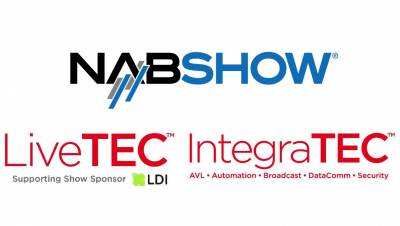
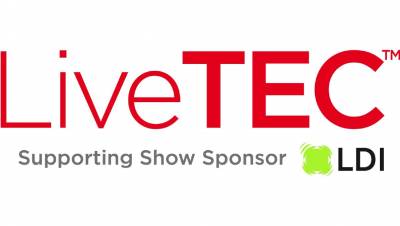
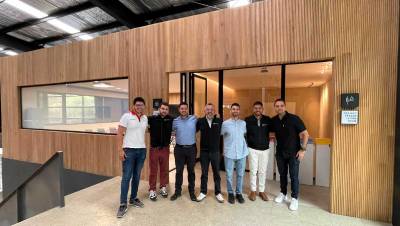
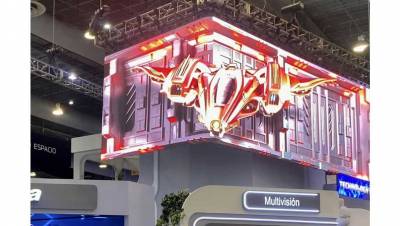
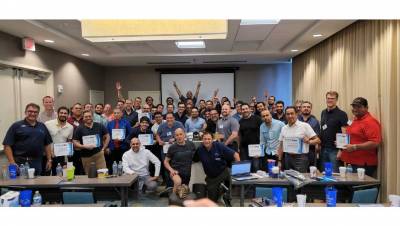

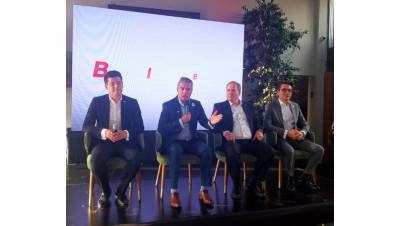
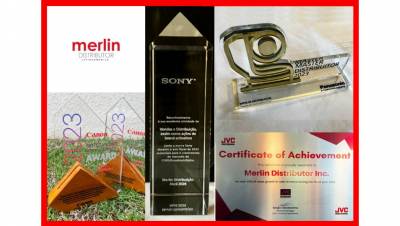














Leave your comment